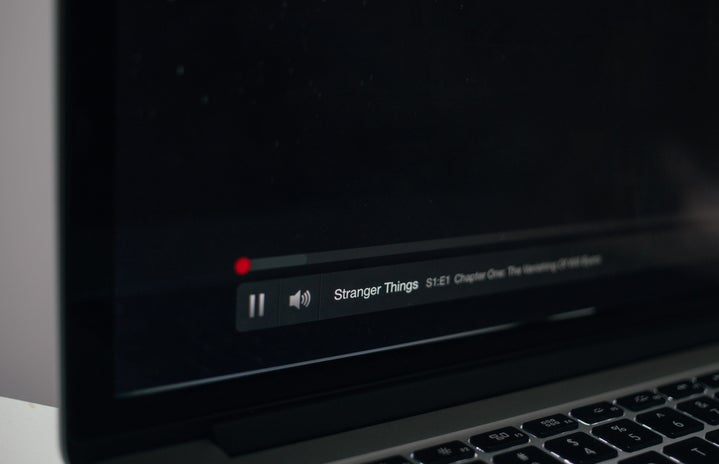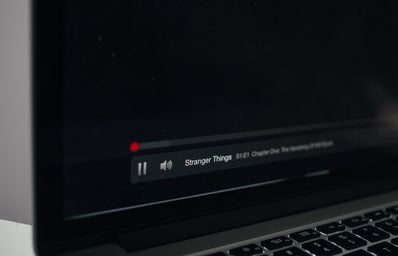Eating disorders are common in everyday life, often supported by media perception of the ideal-body. They attack slowly and silently, eating us mentally and physically. Sadly, like many other illnesses, there is a big taboo around them, and people feel uncomfortable bringing them up. But, beginning the conversation and understanding what they are can be lifesaving to someone close to us. Many platforms have started giving us tools to start talking. For example, Netflix has provided documentaries and movies on the subject. Between these, To the Bone has generated a great impact and here are a few things I learned when watching the movie.
Source: Google
1. Treatment is crucial
The sufferers of these types of diseases struggle with their rituals as any addict would. Therefore, they tend to lack the strength and willpower to take the steps towards recovery, even when they crave it. That’s because in many of these diseases’ recovery is scary since it means doing exactly what you are trying to prevent. If someone doesn’t readily accept recovery treatment, facilities will only admit them for a period of time to stabilize them. After which they might revert back to old rituals and habits, because the psychological part of the illness hasn’t been addressed. Sadly, on top of this, treatment is not readily and widely available. If it is accessible, it is extremely expensive.
Source: Google
2. A support system is important, but it can be counterproductive
In the movie we can observe how everyone tries to help Ellen. They want to be there for her to help keep her alive. But, her family members (and even professionals as we see in the beginning) struggle finding the right way to help her recover. Many times, their approach lacks the empathy Ellen needs in this situation and in most instances it’s because they can’t relate to what she is going through. It’s instinctive for humans to want to live. It’s in our DNA. Therefore, when we see others consciously attempting against their own life it becomes hard to understand. So, it’s important to look for expert opinion and psychological guidance when we recognize that we are part of the support system for a sufferer. It’s not about walking away because these illnesses are isolating. But we need to be prepared to give them the best help possible.
Source: “Nueva Mujer”
3. It might not be cause and effect
It’s normal to try to understand things and one way to do it is trying to “pin-point” the root cause for a problem. Nevertheless, eating disorders tend to not be attributed to one thing. Most likely, it’s an accumulation of situations and influences overtime. As well as, a predisposition due to several biological, psychological, and social key traits.
*(You may find a list of risk factors at the end of this article.)
4. There are several triggers
It’s important to recognize when people around us suffer one of these disorders in order to avoid triggers that might prompt an episode. Some triggers include food facts (i.e. calories) or weight. For example, in To the Bone, we see how Ellen makes another patient panic after telling her how many calories were in each bag of her feeding tube. Now, since it might be hard or impossible to notice who around you might suffer from this disorder what I suggest is making it a golden rule to not promote being slim as the only acceptable body type. Our society pushes us to talk about weight by showing us slender figures in movies, magazines, and such. But, as we’ve learned the hard way sometimes skinny doesn’t equal healthy. Furthermore, a “diet” might not be good for you at all. So, it might be time to drop the “you look so skinny!” comments and find other conversation starters.
To the Bone might not be for everyone, as the disclaimer says, the movie was “created by and with individuals who have struggled with eating disorders, and it includes realistic depictions that may be challenging for some viewers.” But this is not the only option to learn about eating disorders. So, even when movies and shows that focus on eating disorders can be a great step towards understanding, less triggering options are also available. There is great opportunity to start talking about eating disorders, so let’s take it. Maybe if we do, we can help fight for better treatment options for people around us who suffer from them.
The following is a list of common risk factors applicable to anorexia nervosa, bulimia nervosa, binge eating disorder, or OSFED. The original list can be found on the National Eating Dissorder Association webpage:
BIOLOGICAL
-
Having a close relative with an eating disorder.
-
Having a close relative with a mental health condition.
-
History of dieting.
-
Negative energy balance due to burning off more calories than you take in.
-
Type 1 (insulin-dependent) diabetes.
PSYCHOLOGICAL
-
Perfectionism.
-
Body image dissatisfaction.
-
Personal history of an anxiety disorder.
-
Behavioral inflexibility (need to always follow rules and make things the “right way”).
SOCIAL
-
Weight stigma.
-
Teasing or bullying.
-
Appearance ideal internalization (buying the idea that there is a socially-defined “ideal body”).
-
Acculturation (people from minorities who are trying to “fit in” with a new culture).
-
Loneliness and isolation.


